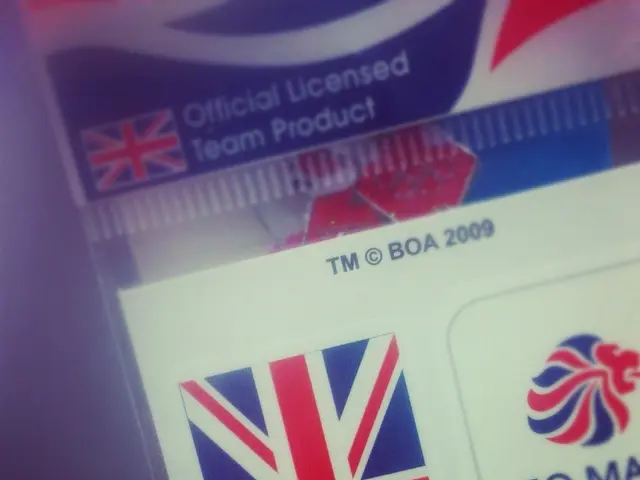Exploring Fundamental Operational Amplifier Circuits with Accompanying Quiz Explanations
Operational Amplifiers (op-amps) have a rich history that traces back to the early days of analog computers, where vacuum tube-based amplifiers performed mathematical operations on voltages. Over time, op-amps transitioned from bulky vacuum tube circuits to discrete transistor-based devices, and finally to modern monolithic silicon integrated circuits.
National Semiconductor's AN-20 application note is one of the seminal documents codifying op-amp basics and applications. This foundational treatise translates classic analog computer operations—gain/attenuation, summation, subtraction, integration, differentiation—into practical monolithic op-amp circuits. It emphasizes establishing stable negative feedback configurations to achieve the desired linear mathematical operations and control system functions like proportional-integral-derivative (PID) control loops.
The note respects the analog pioneers but updates the circuit designs for silicon ICs, providing a comprehensive guide on op-amp usage in analog computation and signal processing.
Texas Instruments' SNOA621C app note similarly covers the fundamental op-amp configurations and their uses. The basic circuit configurations detailed include:
- Inverting Amplifier: The input signal is applied to the inverting input, and gain is set by the ratio of feedback resistor to input resistor. Produces output voltage inversely proportional to input.
- Non-inverting Amplifier: Input signal is applied to the non-inverting input, producing output in phase with input, with gain greater than or equal to unity.
- Voltage Follower (Buffer): Special case of non-inverting amplifier with unity gain, used to provide high input impedance and low output impedance.
- Summing Amplifier: Multiple input signals summed at the inverting input, output is proportional to the weighted sum of input voltages.
- Differential Amplifier: Amplifies the difference between two input voltages, useful in instrumentation amplifiers.
- Integrator and Differentiator: Configurations using capacitors in feedback or input path to perform mathematical integration or differentiation of input signal over time.
These configurations provide the building blocks for analog computations, filtering, signal conditioning, and control systems.
Uses of op-amp circuits highlighted in these notes include:
- Performing mathematical operations in analog computers (summation, integration, differentiation).
- Signal conditioning such as amplification, level shifting, filtering.
- Control systems implementing proportional-integral-derivative (PID) control functions.
- Analog-to-digital interface circuits.
- Oscillators and waveform generators.
- Data acquisition and sensor interface circuits.
By 1969, monolithic op-amps in silicon were being produced, such as National Semiconductor's 741 op-amp. It is crucial to compensate the amplifier for unity gain operation in the unity-gain buffer circuit to prevent the output swing from being limited by the amplifier common mode range.
In the early days, op-amps were made of vacuum tubes, such as the K2W vacuum tube op-amp. A low bias current amplifier such as the LH1026 should be chosen as a unity-gain buffer when working from high source resistances to avoid errors due to bias current voltage drops.
The history of op-amps is detailed in "Chapter H" of Walt Jung's book "Op Amp Applications Handbook". A full copy of SNOA621C is downloadable from TI's website. National was acquired by Texas Instruments, who ported AN-20 into its own application note, SNOA621C. The "operations" performed on voltages with op-amps are gain/attenuation amplifiers, summation, subtraction, and mathematical integrals and differentials.
The amplifier output will go into saturation if the input is allowed to float. In the summing amplifier, the gain of any input is equal to the ratio of the appropriate input resistor to the feedback resistor. The unity-gain buffer gives the highest input impedance of any op-amp circuit. Input impedance is equal to the differential input impedance multiplied by the open-loop gain, in parallel with common mode input impedance, in a DC coupled unity-gain buffer.
In summary, the evolution of operational amplifiers from vacuum tubes to monolithic ICs enabled practical, stable, and versatile analog signal processing. Foundational app notes like National Semiconductor's AN-20 and Texas Instruments' SNOA621C document the basic circuit configurations and broad range of applications that form the basis of analog electronic design.
Read also:
- Events of August 19 unraveled on that particular day.
- IM Motors reveals extended-range powertrain akin to installing an internal combustion engine in a Tesla Model Y
- Ford Embraces Silicon Valley Approach, Introducing Affordable Mid-Sized Truck and Shared Platform
- Future Outlook for Tesla in 2024: Modest Expansion in Electric Vehicle Sales, Anticipated Surge in Self-Driving Stock








